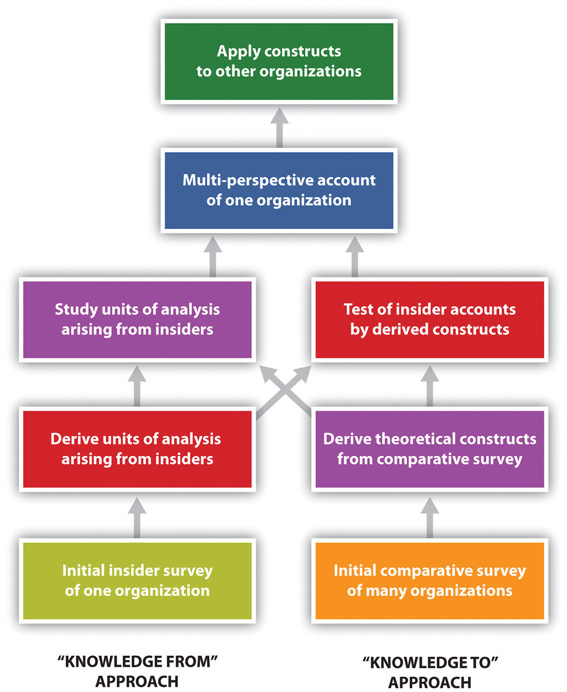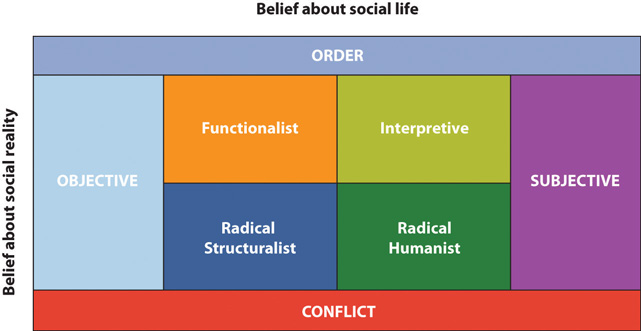Classical Theories of Organizational Communication
The key difference between classical and neo classical theory is that the classical theory assumes that a workers satisfaction is based only on physical and economic needs whereas the neoclassical theory considers not only physical and economic needs but also the job satisfaction and other social needs. Receivers interpret messages by taking in meaning from everything available.

Theories Of Organization Classical Organizational Theory And Systems Theory Youtube
Thus in order to study the relationships between the individuals working together and their overall effect on the performance of the organization is well explained through the organizational theories.

. The changes in communication may be in verbal or non-verbal forms. There are tons of Google hits on the traditions themselves but I couldnt find anything about theories models or scholars associated with a. This is done by convergence and divergence.
Im looking for a list or something that links communication theories theorists and scholars to the 7 traditions of communication. Although technology such as email has lessened the importance of nonverbal communication the majority of organizational communication still takes place through facetoface interaction. PDF Organizational Behaviour is the only text to use a running case study to demonstrate the application of organizational behaviour in the real.
Communication accumulation theory believes the same. This article provides an overview of the popular theories of organizational communication. The key themes in this article are that organizational communication is very important for organizational success and hence.
COMM 305 Theories of Communication. A manager can group activities based on four models of departmentalization. Workplace spirituality work engagement spiritual well-being organizational commitment employee performance job.
3Classify and group the necessary work activities into manageable units. Managers simply list and analyze all the tasks that need to be accomplished in order to reach organizational goals. As such this article compares and contrasts the theories of organizational communication as put forward by Max Weber Tompkins Cheney and Deetz.
4 Theories of learning. Dating back to the early 20th century organizational behavior theory developed out of classical management theories such as those of Frederick W. These theories of management have been put in place out of the realization that organizations are continuously evolving each day and therefore there is no specific model that can be successfully applied to management and continue to be used over time.
Classical conditioning is a type of conditioning in which an individual responds to some stimulus that would not ordinarily produce such as response. Find read and cite all the research you. A report for the Institute for Employment Studies argues that flattening the hierarchy would shorten communication paths stimulate local innovation speed up decision making and create an environment where.
Some important organizational theories are. Taylor has been called the father of. These are explained below-Classical Conditioning.
Junior or senior classification or approval of instructor. Then in Chapter 3 Classical Theories of Organizational Communication we explored classical theories of organizational communication that are driven by attitudes you have likely encountered on the jobyour supervisors desire for machine-like efficiency your companys view of employees as human resources that must be beneficially. Learn about Taylor and others who contributed to the theory and recognize the theorys.
Max Weber theorized that hierarchical systems encourage informed decision making. Network analysis and density visualization identify keywords related to SL. In this article we will explore the Classical Organizational Theory.
Explore the definition theories and principles of scientific management and understand its applications. These theories include the contingency systems and the chaos theory. Some individuals make use of convergence to seek social approval and also focus on matching their communication style to that of the person with whom they are speaking.
Theoretical approaches to human communication including selected theories of language behavior interpersonal small group and organizational interaction persuasion technology and mass communication. There are three different types of organizational theory to predict and explain the process and also behavior patterns in an organizational setting. The classical theory came into public in the 19 th.
Functional geographical product and customer. In the 1990s the theory of hierarchy delayering emerged. Every verbal message comes with a nonverbal component.
Classical Organization Theory Neo-Classical Organizational Theory and Modern Organizational Theory.

Modern Theories Of Organizational Communication

Classical Management Theory Business Management Theories Management

Modern Theories Of Organizational Communication

Chester Irving Barnard Relatable Barnard Theories
0 Response to "Classical Theories of Organizational Communication"
Post a Comment